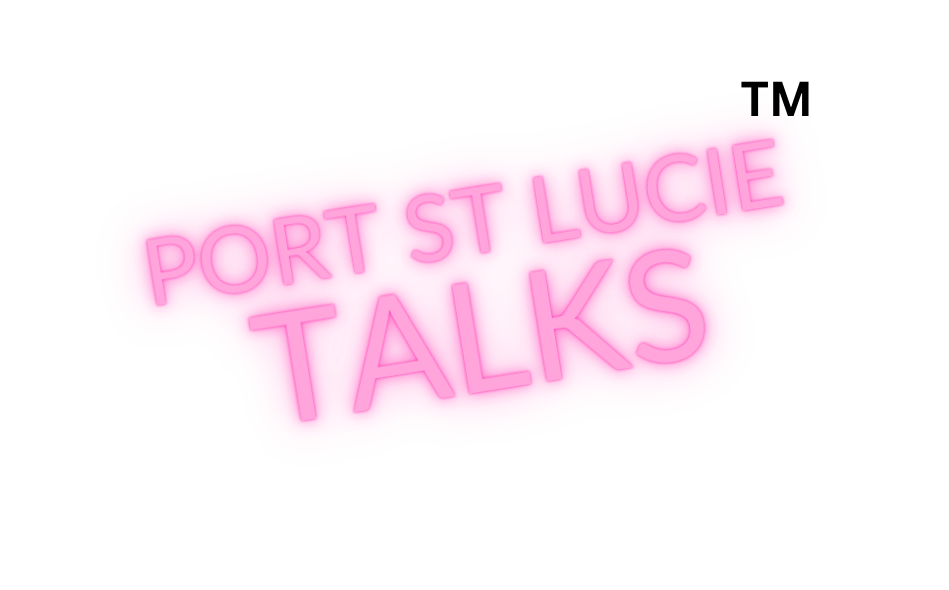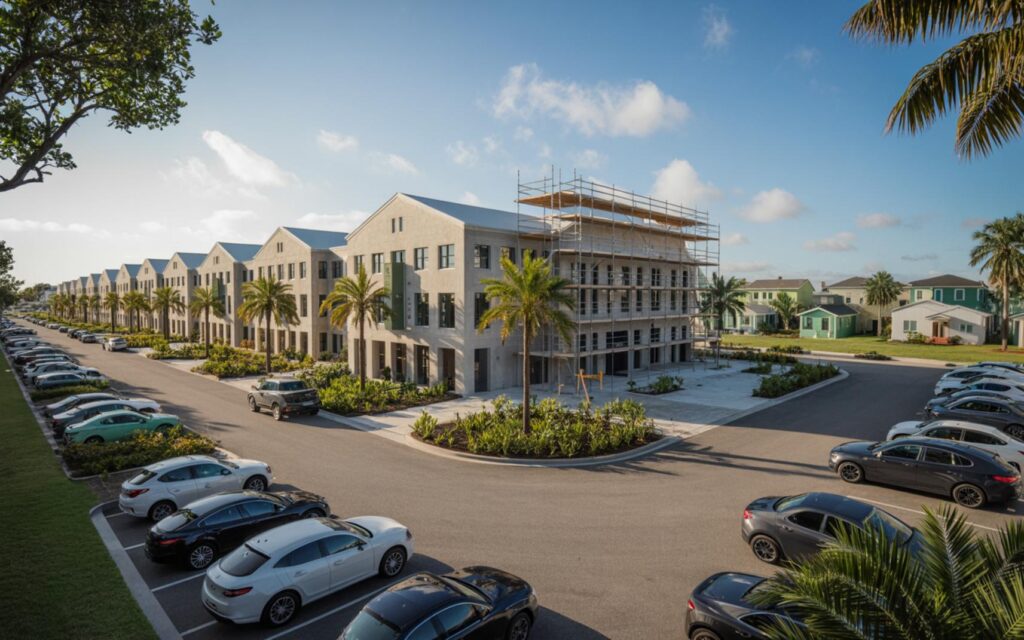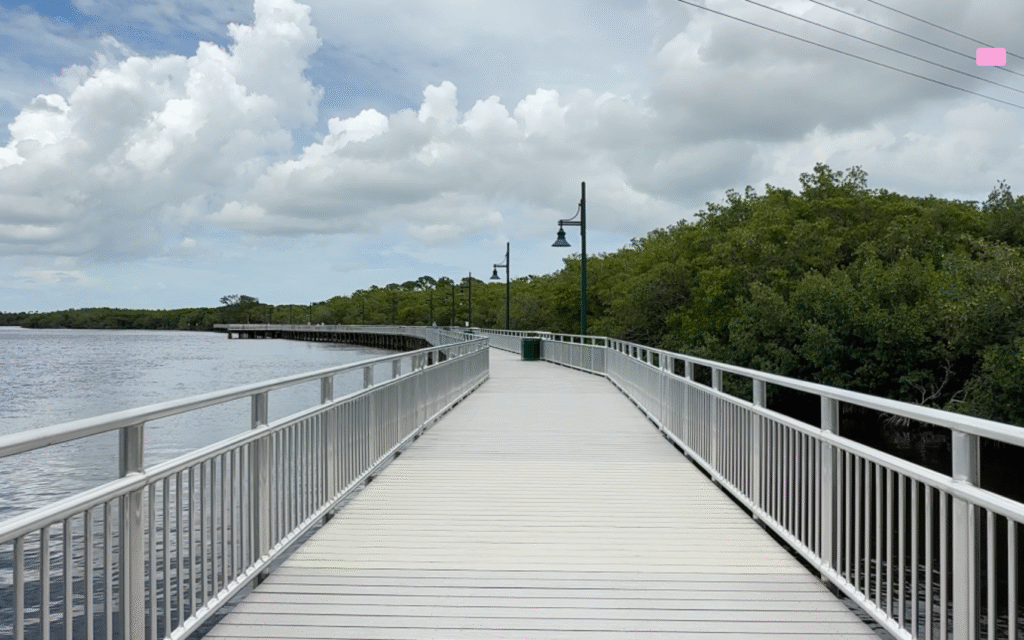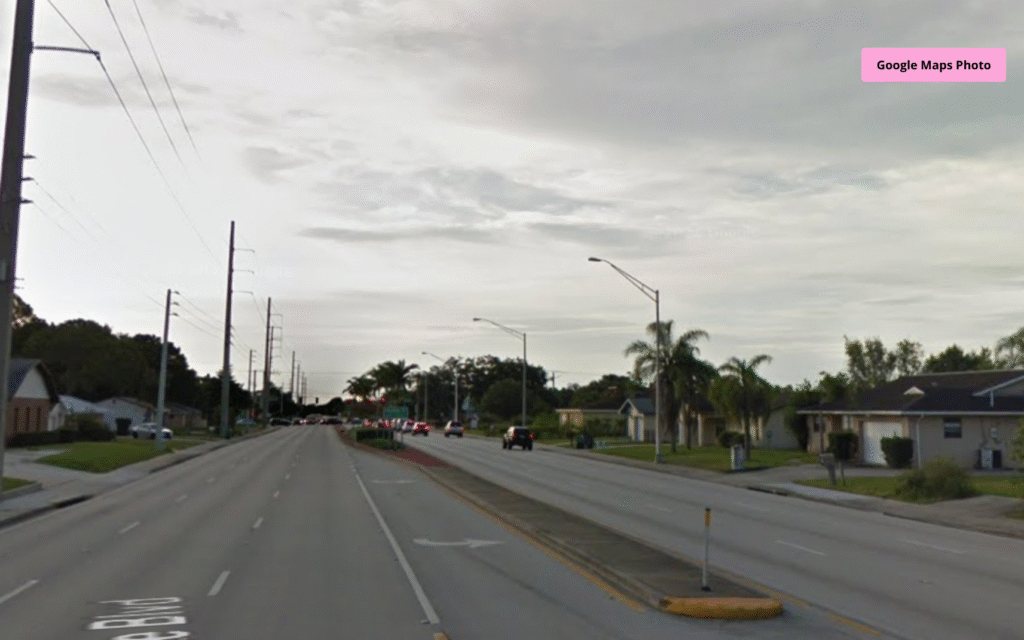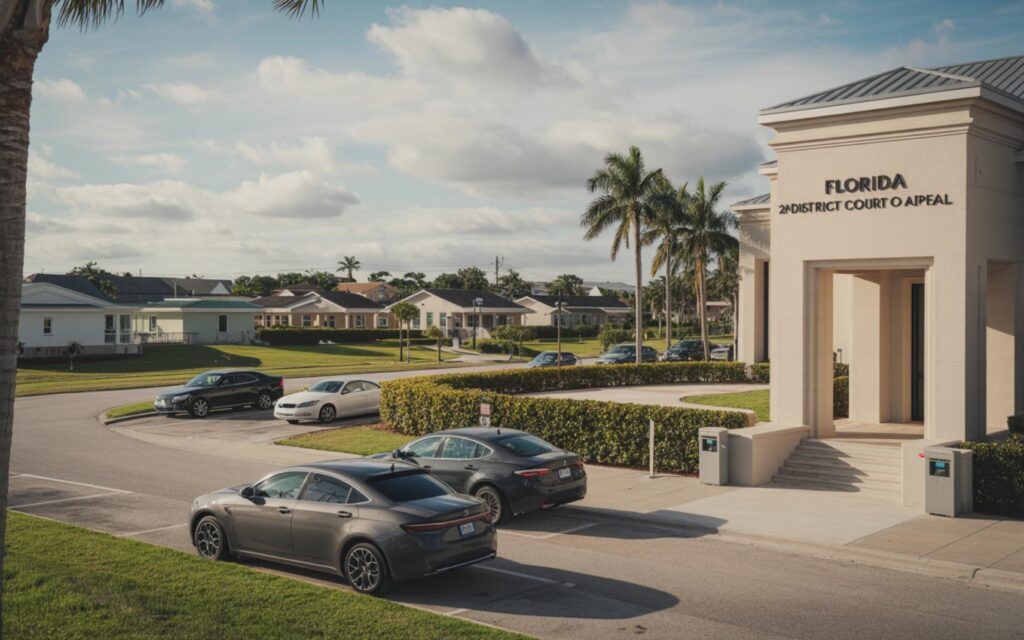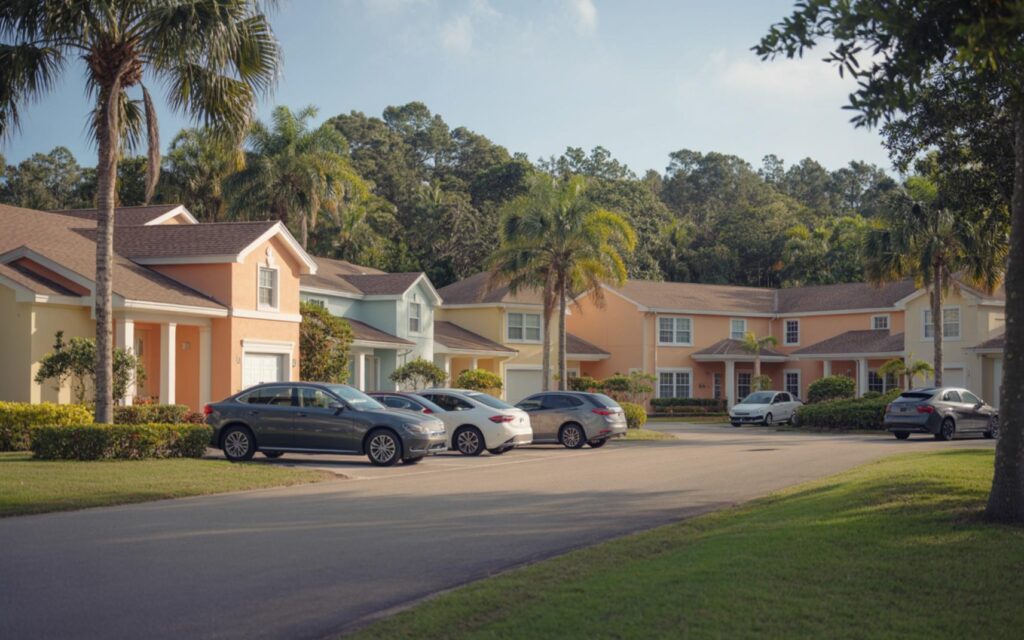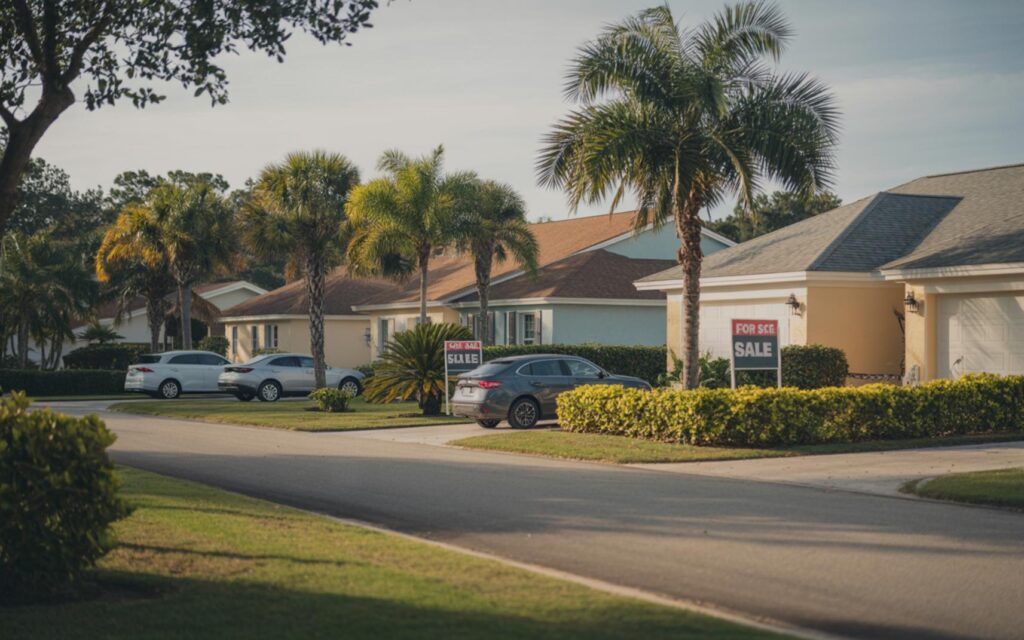The St. Lucie County Baling and Recycling Facility continues to lead in single-stream recycling, offering residents and businesses a streamlined way to manage waste and recyclables. The facility’s single-stream recycling system allows all recyclable materials to be placed in one bin, simplifying the process for the community and supporting regional sustainability goals.
Single-Stream Recycling System in St. Lucie County
The main feature of the St. Lucie County Baling and Recycling Facility is its single-stream recycling system. This approach eliminates the need for residents to sort recyclables at home. Instead, all accepted materials are collected together and processed at the facility using advanced sorting technology.
According to facility operations, recyclables are gathered curbside and delivered directly to the site. Once there, materials are unloaded onto a tipping floor before being transferred onto a conveyor system for sorting.
How Single-Stream Recycling Works
- Recyclables are collected from homes and businesses throughout St. Lucie County.
- Materials are delivered to the facility and dumped onto a large tipping floor.
- Manual pre-sorters remove hazardous or non-recyclable items to prevent contamination.
- Cardboard and paper are separated using specialized screens, while glass is broken and sorted for safety.
- Paper and cardboard are further sorted and compressed into bales for shipment.
- Plastics are separated by type using optical sorters and eddy current systems. PET (#1) and HDPE (#2) plastics are sorted and baled individually.
- Steel cans are removed with magnets, and aluminum is separated using both optical sorting and manual checks.
- Mixed plastics (#1-#7) are baled and sold as a combined product.
- All separated materials are baled, sold, and shipped to recycling companies for further processing.
Solid Waste Processing and Landfill Management
The St. Lucie County Baling and Recycling Facility also manages solid waste by compressing non-recyclable materials into dense bales. These bales are stacked in the landfill, maximizing available space and extending the landfill’s operational life.
According to facility data, the average waste bale measures about 5 feet in length and weighs between 3,800 and 4,000 pounds. This is roughly equivalent to two years of waste from a typical household in the area.
Landfill Capacity and Environmental Impact
- The facility operates on a 331-acre site, handling both residential and commercial waste streams.
- Innovative baling and recycling practices have extended the landfill’s projected operational life by several decades.
- The landfill, originally expected to reach capacity by 2002, is now projected to remain operational until at least 2058, with potential for further extension through ongoing improvements.
Facility Background and Regional Role
The St. Lucie County Baling and Recycling Facility began its single-stream recycling program in 2014. Since then, it has served as a regional hub, processing recyclables from both St. Lucie County and neighboring areas.
This approach aligns with broader waste management trends, focusing on landfill diversion, resource recovery, and environmental stewardship. The facility’s practices support the region’s sustainability goals and contribute to reducing landfill use.
Innovations and Current Developments
The facility continues to introduce new methods for waste diversion and resource recovery. One key development is the partnership to utilize landfill gas for electricity generation, which supports both environmental and energy goals.
Residents have access to drop-off services for hazardous waste and electronics, ensuring proper disposal of materials that require special handling. The facility is open six days a week, with specific hours for various types of unloading and disposal.
Expert Perspectives on Recycling and Waste Management
- Single-stream recycling increases participation and convenience for residents, but maintaining material quality requires advanced sorting technology.
- Baling waste before landfill placement significantly boosts capacity and efficiency, allowing the landfill to serve the community for a longer period.
- Recovering as much recyclable material as possible before landfilling supports environmental sustainability and resource conservation.
- Utilizing landfill gas for energy is recognized as a best practice for reducing greenhouse gas emissions and maximizing resource use.
Public Education and Community Involvement
Public education remains a key component of the facility’s success. Residents are encouraged to follow proper curbside recycling practices to minimize contamination and improve recycling outcomes.
According to local authorities, ongoing outreach and clear guidelines help ensure that recyclable materials are processed efficiently and that the community benefits from the facility’s advanced systems.
Frequently Asked Questions About St. Lucie County Baling and Recycling Facility
What is the St. Lucie County Baling and Recycling Facility?
The St. Lucie County Baling and Recycling Facility is a regional center for processing recyclables and solid waste. It uses single-stream recycling and advanced sorting technology to manage materials from homes and businesses.
How much waste does the facility process each year?
The facility handles thousands of tons of recyclables and solid waste annually. Each waste bale weighs about 3,800 to 4,000 pounds, representing significant landfill space savings.
Are there special drop-off services for hazardous waste and electronics?
Yes, residents can drop off hazardous waste and electronics at the facility for proper disposal. Specific hours and guidelines are available for these services.
Can you recycle all types of plastics at the facility?
The facility sorts and bales PET (#1) and HDPE (#2) plastics separately. Other plastics (#1-#7) are combined and sold as mixed plastics, depending on market demand and processing capabilities.
Where are the St. Lucie County recycling facility and landfill located?
The St. Lucie County Baling and Recycling Facility is located on a 331-acre site in St. Lucie County, Florida. It serves both local and regional waste management needs.
